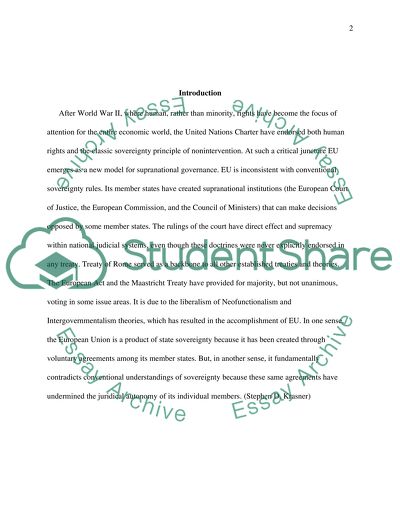Cite this document
(“Development & failure of Supranational institution and their influence Essay”, n.d.)
Retrieved from https://studentshare.org/history/1518358-development-failure-of-supranational-institution-and-their-influence-on-economic-integration-of-europe-since-world-war-ii
Retrieved from https://studentshare.org/history/1518358-development-failure-of-supranational-institution-and-their-influence-on-economic-integration-of-europe-since-world-war-ii
(Development & Failure of Supranational Institution and Their Influence Essay)
https://studentshare.org/history/1518358-development-failure-of-supranational-institution-and-their-influence-on-economic-integration-of-europe-since-world-war-ii.
https://studentshare.org/history/1518358-development-failure-of-supranational-institution-and-their-influence-on-economic-integration-of-europe-since-world-war-ii.
“Development & Failure of Supranational Institution and Their Influence Essay”, n.d. https://studentshare.org/history/1518358-development-failure-of-supranational-institution-and-their-influence-on-economic-integration-of-europe-since-world-war-ii.


